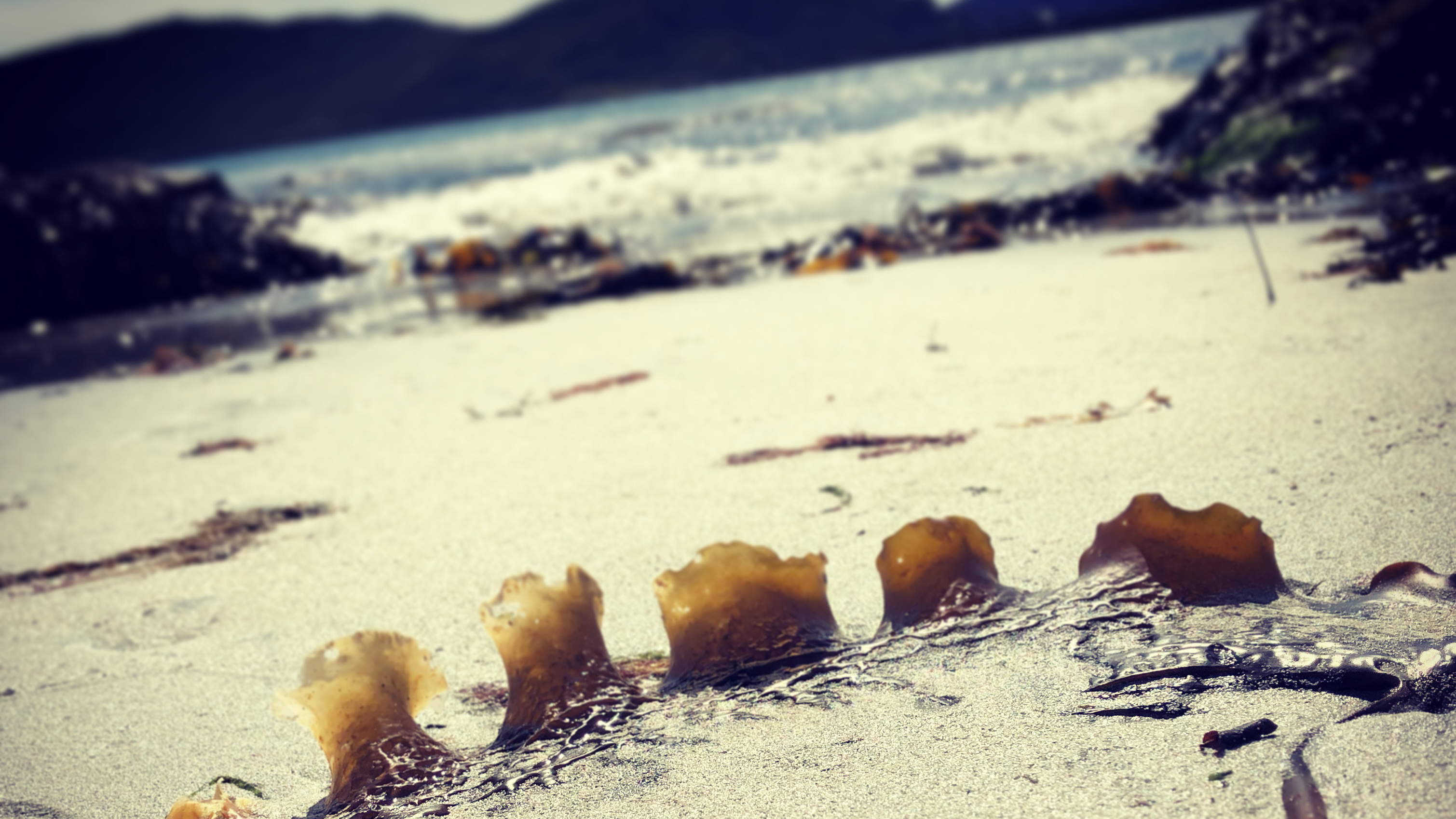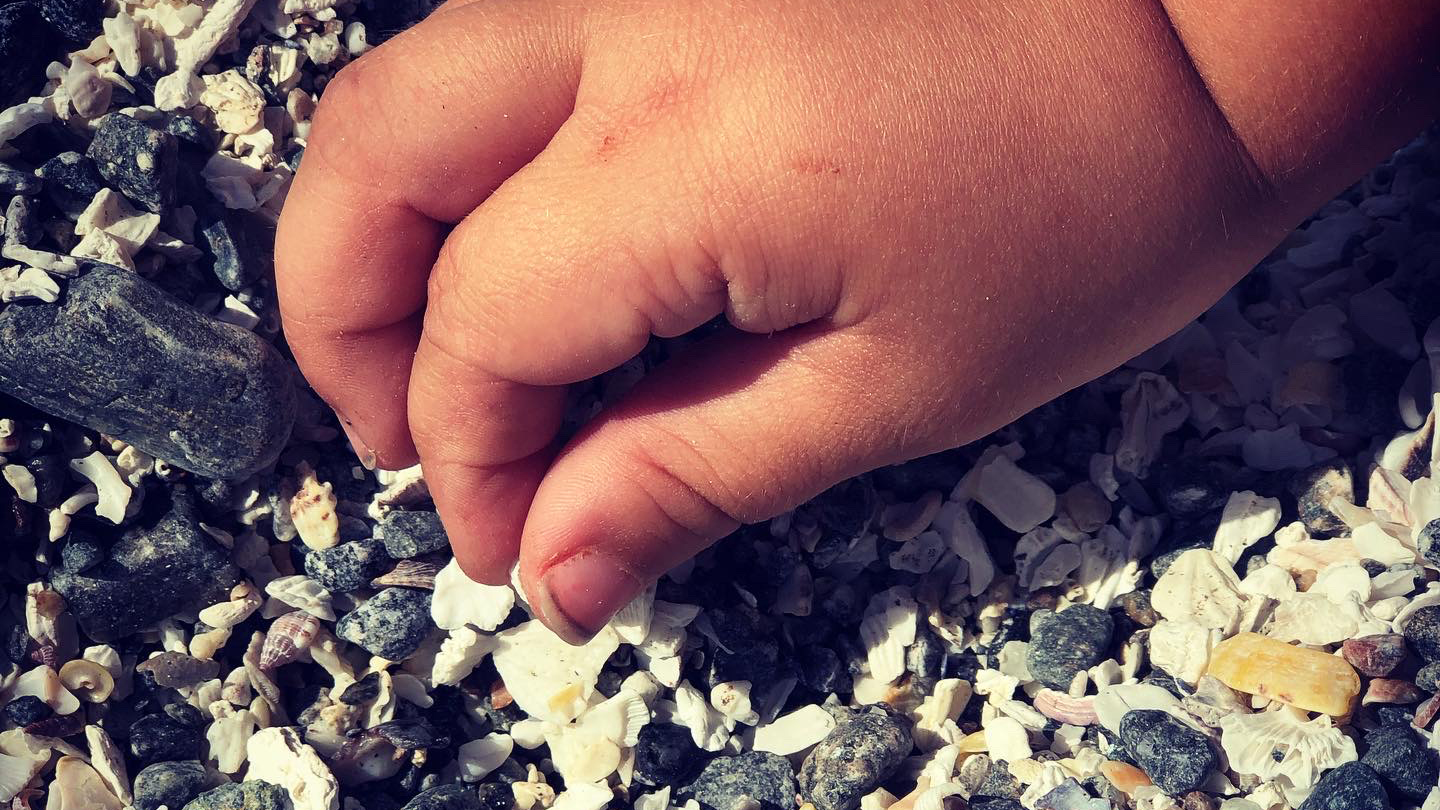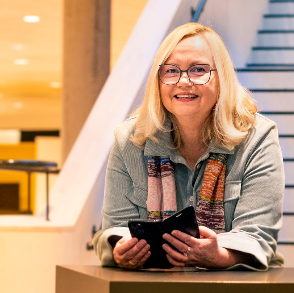
One Ocean – Ocean Portrait
Ocean Portrait is a kindergarten-based art and research project for four-year-olds affiliated with One Ocean Expedition.
The project has been developed in collaboration with Kunstpilotene and provides an artistic and pedagogical view of the sea. It is a sub-project to The One Ocean Expedition a circumnavigation by the Norwegian tall ship Statsraad Lehmkuhl.
Our common aim is to share knowledge about the crucial role of the ocean for sustainable development in a global perspective. One Ocean – Ocean portrait has an additional aim of involving children and staff in experiencing the biotope between land and sea in arts exploration and study children’s aesthetic and conceptual meaning-making.
While the tall ship Statsraad Lehmkuhl is on its circumnavigation, the exploratory project begins. One Ocean – Ocean Portrait involves children, kindergarten staff, artists and researchers in Bergen, Norway and Shanghai, China.
The aim of the project is to contribute to a sustainable future by the participants meeting others in a joint poetic and conceptual work about the Ocean and the biotope that surrounds it.
Through the project, participants will learn from activities, experiences and dialogues through exploratory processes, multimodal communication and education. We will share our experiences and knowledge locally and globally.

What is found above, on and below the sea surface?
Through the project, the participants will sense, experience, imagine and gain new knowledge about what is above, on and below the sea surface. In the project, we activate and stage for children's physical experiences and sense-making, imagination and expressions, as well as scientific and philosophical forms of knowledge.
Artistic processes
The children experience, sense and express. Through the project we will see, hear and feel the sea and the weather landscape. We will make paper where small plant parts and fragments of stories are sealed in the pulp. The paper should be the surface on which each child should draw their ideas. Before we draw the sea portrait, we explore various artistic processes through stories about the sea. Can we hear the sea inside us? Why are our tears salty - do they come from the sea?
Participatory processes
The participatory processes mean that we are responsive to each other in the project, we respond and follow up and build on children's initiative and expression. We conduct exploratory dialogues, we create conversation stories, circle in wonders, value ideas. We let the children create their own projects about the ocean and the biotope that surround it and support the development of these, where appropriate. This means that the children, employees in the kindergarten, the researchers and the artists are all co-researchers in the project.
Educational processes
The project is designed in line with policy formulation in the kindergarten's field (framework plans in Norway and in China). Exploration as a pedagogical approach is relevant for the early years in both countries. In the project, we follow cultural pedagogical perspectives, where the Ocean can be seen as a metaphor for what brings us together and separates us. Kindergartens in Norway and in China will exchange parts of the project between them. We want to create space for the project to be continued with emphasis on all the kindergarten's subject areas. The activities are designed with the goal of providing experiences, expanding children's performances, sensory experiences, experiences, vocabulary, performances, understanding, scientific knowledge and cultural and 'glocal' understanding. The pedagogical processes are dialogical, which means that the teacher leads exploratory conversations, children's wonder and curiosity.
The outcome of the conversations is open ended, however attention will be given to sensory and exploratory aspects. Kindergarten teachers can, based on these conversations, respond to what the children bring up. In this approach there is a parallel, intertwined process going on.
At the same time as teachers ensure that children have the opportunity to pursue their ideas and develop their ideas within the frame of the project, the teachers also guide the participants by creating the scenes, the wandering to the shore, the establishment with a view over the sea, leading to the ocean.
Research
We write practices-developing research using logs, video documentation of the process and children's artistic processes and expressions. The project is rooted in a relational view of knowledge and makes use of pedagogical anthropology and exploratory narrative methodology. The project is further anchored in theoretical work on collaborative exploration. This means that the researchers work in the kindergarten field by participating in excursions and collaborating with employees in kindergartens.
The project thematizes and theorizes the concept of exploration in early years education. The research part describes and documents professional didactic work in kindergarten by introducing children to sea-maps, compasses, the globe, the blue planet, ocean habitats, weather landscapes (wind, precipitation, sun, moon, clouds, temperature and other weather phenomena) and not least the craft of making paper from small plant parts found on the shore, and to paint with salt water taken from the sea.
Dissemination and education
The project culminates in a traveling exhibition, September 2022 in Shanghai, and in 2023 in Bergen. It will be a sensory and multimodal flexible exhibition. It can be set up both on sailboat decks, museums and art exhibition rooms, as well as in kindergartens. The project's artistic and pedagogical design is launched and made possible for all kindergartens, through their own, and the partners' web solutions. In addition, we will share from the project on the Norwegian UN association's web solution and eventually via links from the One Ocean – Expedition project. The project will be disseminated multimodally, translated into English and Chinese and adapted for both children and adults.
Sustainability goals
We relate to the UN's Decade of Ocean Science for Sustainable Development (2021-2030) https://en.unesco.org/ocean-decade and the sustainability goals in Agenda 2030. In the project, we follow up sustainability goals no. 4, 14 and 17.
Collaborators


